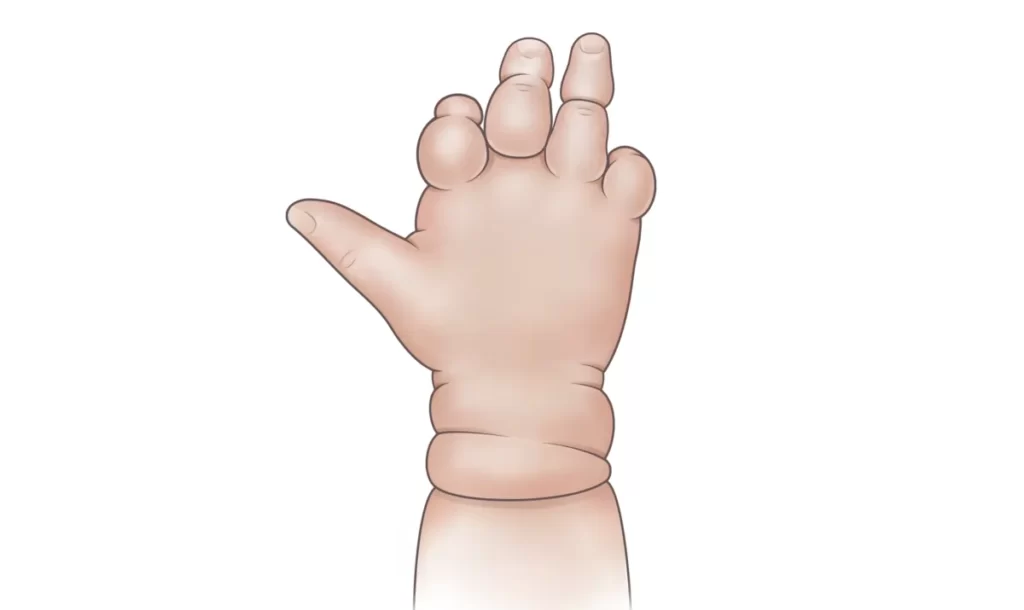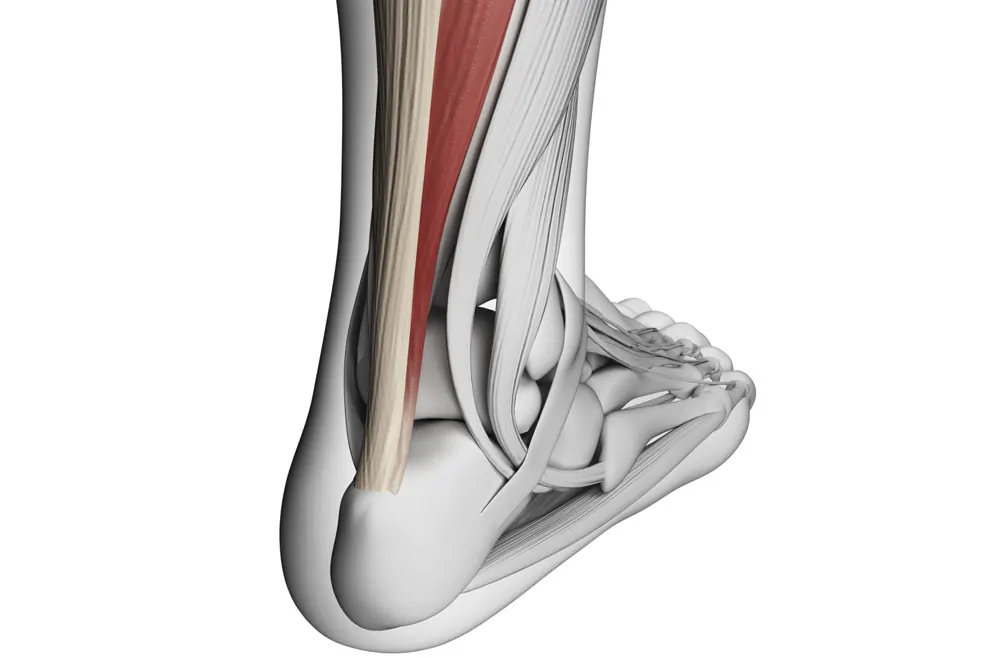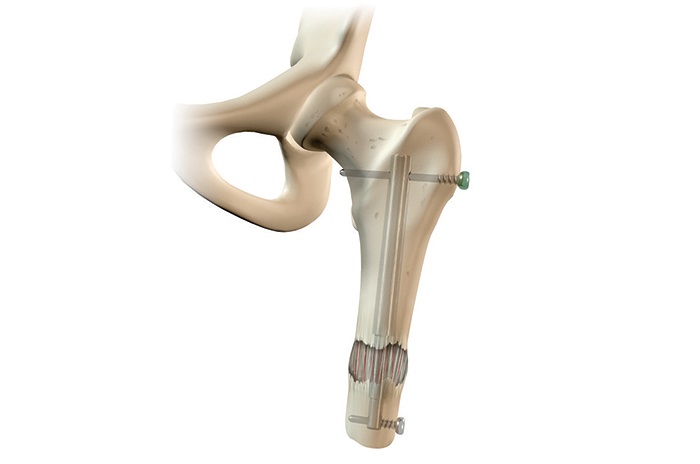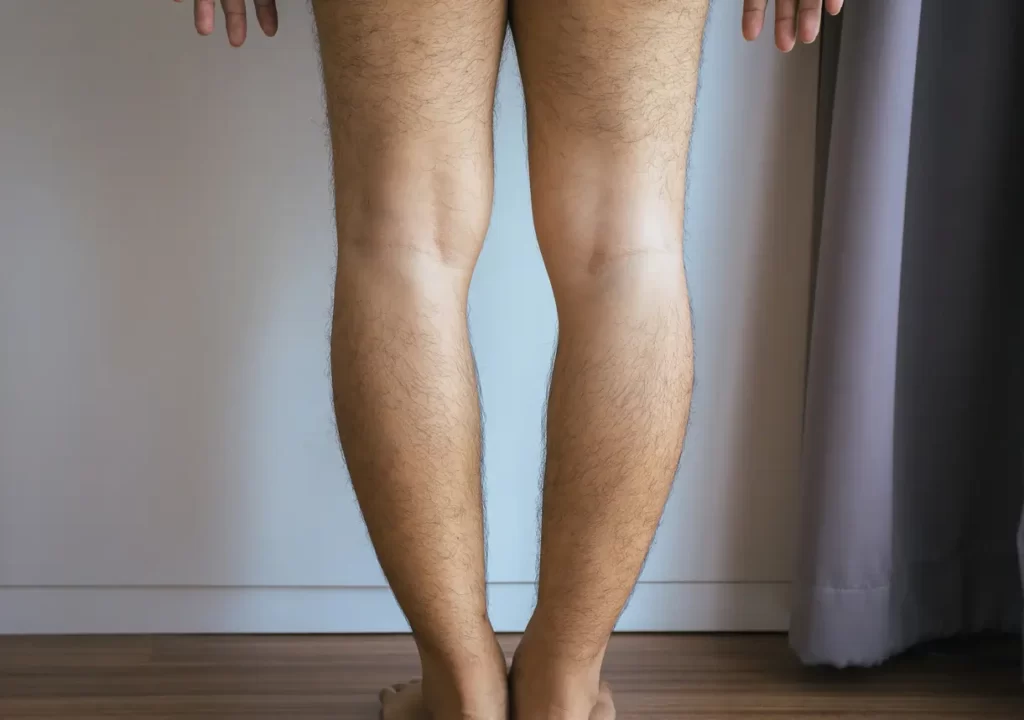What is amniotic band syndrome?
Amniotic band syndrome (ABS) is also known as constriction ring syndrome, early amnion rupture sequence (EARS), and Streeter syndrome. The amnion is a membrane sac that surrounds and protects the developing fetus within the uterus. Occasionally, the amnion tears or ruptures during pregnancy, causing amniotic bands to wrap around various regions of the developing baby’s body.

These bands operate as a tourniquet that prevents blood from leaving the limb, resulting in swelling, deformity, or amputation. Although it can occur anywhere, it most commonly affects the baby’s fingers and toes. One out of every 15,000 babies is affected by amniotic band syndrome.
In moderate situations, an amniotic band results in a slight depression on one of the baby’s fingers or toes. In extreme circumstances, the amniotic band becomes so tightly wrapped that it impedes blood flow to the developing baby’s bodily components. This can result in partial amputation of fingers, toes, or portions of an arm or leg in the most severe cases. Amniotic bands can exert pressure on particular nerves, specifically the peroneal nerve at the knee, resulting in paralysis of the limb.
Moreover, the pressure from the bands may cause bone abnormalities and limb length disparities (1). In many situations, the infant is also born with clubfoot, and occasionally, the newborn is born with webbed fingers and toes (syndactyly). Ultrasound can detect the amniotic bands at the end of the first trimester, however, it can be difficult to detect them. It is typically diagnosed at birth when abnormalities or missing limb or digit portions are discovered.
How is amniotic band syndrome treated?
In-utero surgery to liberate limbs from amniotic bands that pose a high risk of amputation has been performed, but at the International Center for Limb Lengthening, we only treat infants after birth. In moderate situations, treatment may not be necessary, but in severe cases, there are frequent treatments that might enhance the child’s quality of life.
As the illness can present in a variety of ways, treatment varies. In circumstances when limbs have been partially amputated, it may be helpful to extend the remaining limb’s bone in order to make the prosthesis more effective.
In circumstances when the restricted limb is shorter than the unaffected limb, limb lengthening therapy can remedy the situation. Correction of limb deformity can address twisted bones and other malformations. By surgically loosening (untying) the tight bands, the pressure on the nerves and blood vessels can be eased. To learn more about the treatment for clubfoot, please click here.



